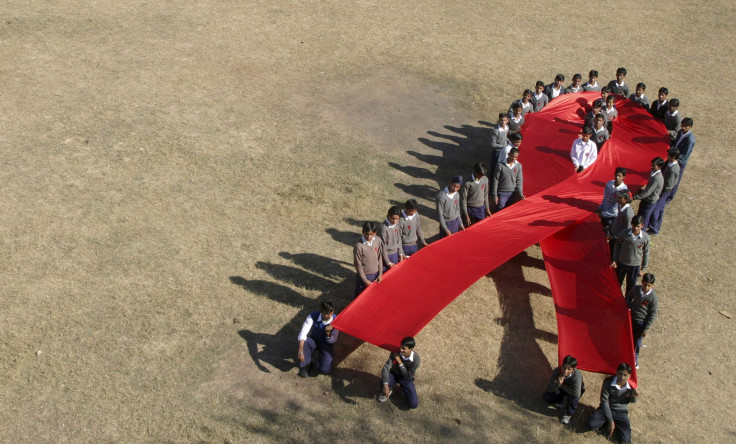Adolescent Deaths From AIDS Have Tripled Over The Last 15 Years Despite Overall Decline

Over the past 15 years, despite significant advances in the diagnosis and treatment of those infected with HIV, the number of adolescent deaths from AIDS has tripled, according to data released Friday by Unicef. Currently, AIDS is the leading cause of death among adolescents aged 10 to 19 in Africa, and the second leading cause of death among adolescents globally.
“The majority of these deaths are among adolescents who acquired HIV as babies and survived to their teenage years, either without knowing their HIV status or having slipped out of care,” the United Nations agency said, in its latest statistical update. “Among the HIV-affected populations, adolescents are the only age group for which the mortality figures are not decreasing.”
Since 2000, nearly 1.3 million new infections among children have been averted -- largely due to advances in the prevention of mother-to-child transmission of HIV. However, despite this progress, nearly 2.6 million children under 15 are still living with HIV, of which only one in three are on treatment.
Among teenagers aged 15 to 19, 26 new infections occur every hour. Two-thirds of all new infections among adolescents were among girls. And, in sub-Saharan Africa, girls account for 7 in 10 new infections among 15-19 year olds.
“With each passing year, science provides us with new tools, and experience on the ground informs our approach, making ending AIDS by 2030 a real possibility,” Unicef said, in the report. “[However], the majority of adolescents -- especially those most at risk of new infection, including girls, young men who have sex with men, those who are transgender, inject drugs or are sexually exploited -- lack access to proven prevention interventions.”
Unsurprisingly, of the two million teenagers aged 15 to 19 living with HIV, nearly half are in just six countries that lack widespread access to these medical facilities -- South Africa, Nigeria, Kenya, Mozambique, Tanzania and India.
However, despite the rise in AIDS-related deaths among adolescents, the world has made significant progress toward ending the epidemic by 2030. According to a separate report released Tuesday by Unaids, new HIV infections have fallen by 35 percent since the peak in 2000 while AIDS-related deaths have fallen by 42 percent since their 2004 peak.
Moreover, nearly 16 million people are now on HIV treatment, compared to 2.2 million people in 2005.
“The gains we have made on preventing mother to child transmission are laudable, and to be celebrated,” Craig McClure, head of Unicef’s global HIV/AIDS program, said, in a statement. “But immediate investments are needed to get life-saving treatment to children and adolescents who are infected.”
© Copyright IBTimes 2024. All rights reserved.






















